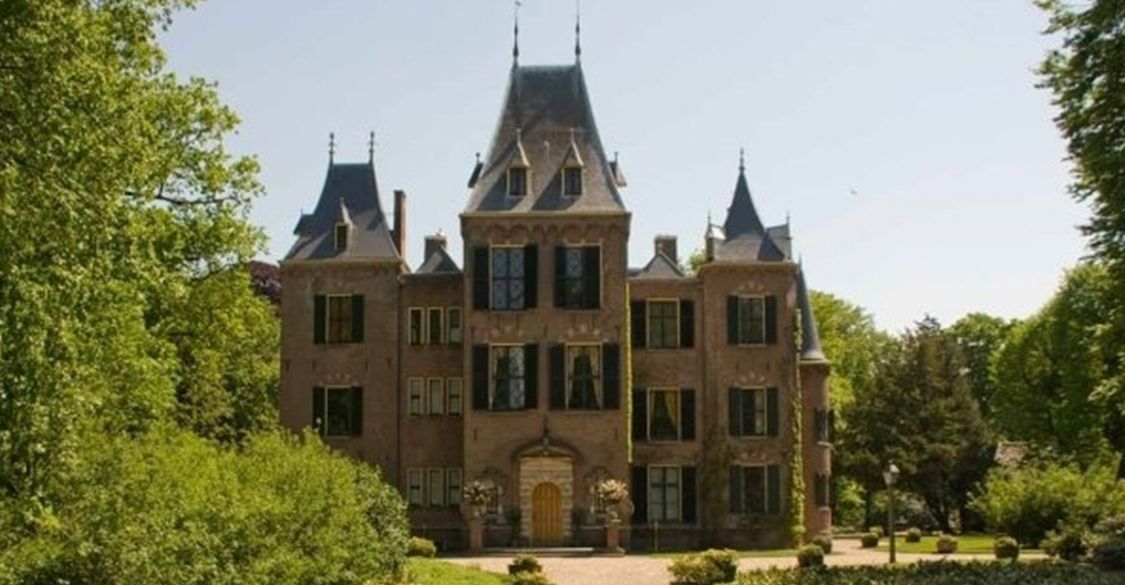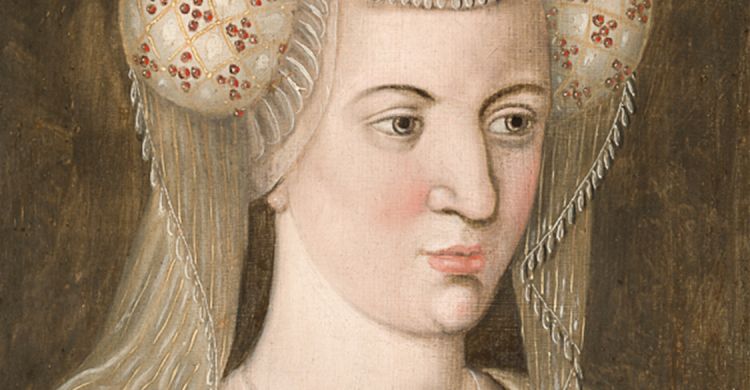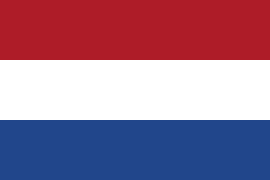

Jacoba van Beieren
Keukenhof

No ordinary girl
Back in 1400, Keukenhof Estate, where you now stand, was called Keukenduin (Kitchen Dune).
The dune landscape was part of Teylingen Castle where Jacqueline, Countess of Hainaut, resided. Jacqueline was no ordinary girl. Born 16 July 1401, she was a countess and a woman of high royal descent. Between 1417 and 1422, Jacqueline of Hainaut served as countess of Holland, Zeeland and Hainaut, a county in southwestern Belgium.
Jacqueline’s tumultuous life
Her first marriage
When Jacqueline was just five years old, her parents decided she was to one day marry the French prince, John of Touraine. At 14, she married him in The Hague. It was common to wed at such a young age in those days and marriage was then a business arrangement involving money, property and power. Wealth had to be secured by the sacrament of marriage. John of Touraine's brother died soon after the wedding, making John the Crown Prince of France and Jacqueline the future queen. John died two years into the marriage when Jacqueline was 16 years old.
On the field of battle
Her father, William VI, Count of Holland, also died shortly after. Jacqueline tried to follow in her father’s footsteps by taking his title. Her uncle from Liège, John III, Duke of Bavaria, contested her claim and hostilities ensued. He wound up the ultimate victor.
A second marriage
In 1418, Jacqueline remarried to cousin John IV, Duke of Brabant. Their marriage was meant purely to cement her power, not her love. Many opposed the union and attempted to circumvent Jacqueline, whose executive position wavered as a result. She finally decided to annul the marriage.
One last marriage
Jacqueline left for England and remarried once more in 1422. This time, she wed Englishman Humphrey of Lancaster, Duke of Gloucester. In 1424, Jacqueline returned to Holland to face her former husband, John of Brabant. He was, however, overwhelmingly supported by Philip of Burgundy. In 1425, when Humphrey left Jacqueline for his mistress, a lady of the court, Jacqueline surrendered to Philip and was for a short time imprisoned in Ghent.
Jacqueline’s final years
Jacqueline was granted a few quiet years back at Castle Teylingen before dying of tuberculosis in 1436 at age 35. Although she asked to be buried at Sint-Maartensdijk in Zeeland, Jacqueline was granted a final resting place at the court chapel in the Hague.
How did Keukenhof get its name?
The name is no coincidence. This is where Jacqueline of Hainaut once collected her meats, berries and herbs, everything for her kitchen, which in Dutch translates to keuken.
Constructing a manor
In 1642, two centuries after Jacqueline, Keukenduin was renamed Keukenhof. Adriaen Maertenszoon Block was administrator for the Dutch East India Company (VOC) and captain, commander and governor of Ambon.
He purchased grounds bordering Keukenduin and built himself a country estate, a summer residence for wealthy urbanites. This is the building you see in front of you to the right: Keukenhof Castle. Block built it as a luxury mansion. It was later renovated into a castle.
Decoration
Due to the manor’s tremendous cost of upkeep, Keukenhof had many different occupants in the years following Maertenszoon Block. For a while, it was unclear how Keukenhof Estate would fare in the future until Johan Steengracht van Oostcapelle purchased the grounds in 1809. Steengracht was an art collector and the director of the Mauritshuis museum in The Hague. He collected Dutch Masters from the 17th century and laid the foundation for the museum’s famous art collection. When the Mauritshuis opened in 1822, it housed almost 200 paintings.
In the same year, Johannes Vermeer's View of Delft was purchased at auction. Today, the masterpiece is still displayed in the Mauritshuis. In 1872, Johan Steengracht became the director of Villa Welgelegen in Haarlem, where only living masters were to be displayed. This would become the first contemporary art museum in the Netherlands. The building in Haarlem now serves as the seat of government for the Province of North Holland.
Steengracht restored Keukenhof Estate to its former glory and when he died his daughter took up residence at Keukenhof. In 1861, the Van Pallandt family had the manor extended with corner spires. This marked the birth of the castle as you see it today.

View of Delft, Johannes Vermeer
What type of person created this?



